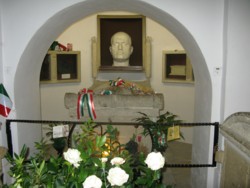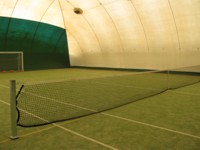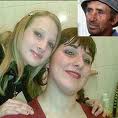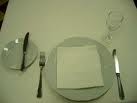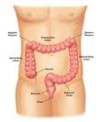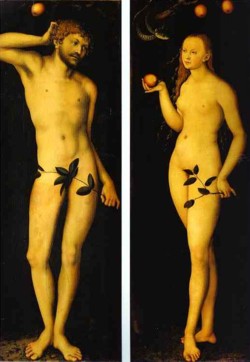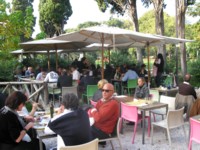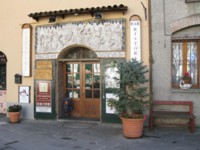 |
 |
We went up past Predappio Alta and couldn’t see anything and decided to ask an old man walking up the road if there were any restaurans nearby. He told us to return back to Predappio Alta (3rd curve down), and near the small piazza there was a restaurant which served good food, at good prices and and which was also in an interesting building. We discovered that the man was correct in all 3 assertions.
We parked in the small Piazza Cavour and there was the “Vecia Cantena d’la Pre” Going through the door we entered a small bar area but going down a few steps took us into a large eating area which on a Monday lunch time came complete with groups of workmen finishing off their meals. The waitress brought the menus and told us the dish of the day was “stinco di maiale” (pork knuckle). We opted to share a couple of antipastis of local meats, cheeses etc followed by pork knuckle and roast potatoes for all. The food was really good. For dessert there was a choice of homemade cakes and I opted for apple strudel. All this with water, wine and coffee came to less than 20 euros a head. Before we left the waitress told us that it was possible to visit the old cellars of the restaurants. In fact under the dining room floor there were two further levels of basement which contained machinery for wine making and barrels for the wine of local families. Walking up and down the steps in the cellars followed by a walk around the town helped get rid of some of the calories from the splendid meal.
